Economic Impact on Indian Farmers and Rural Communities
Biochar is not only a weapon for combating climate change—it is largely rewriting the rural Indian economy. Farmers are now converting waste into an asset, creating new avenues for earnings. It is a double benefit for the environment and their pockets.
1. Small Farmers, Big Gains: Biochar as a Source of Extra Income
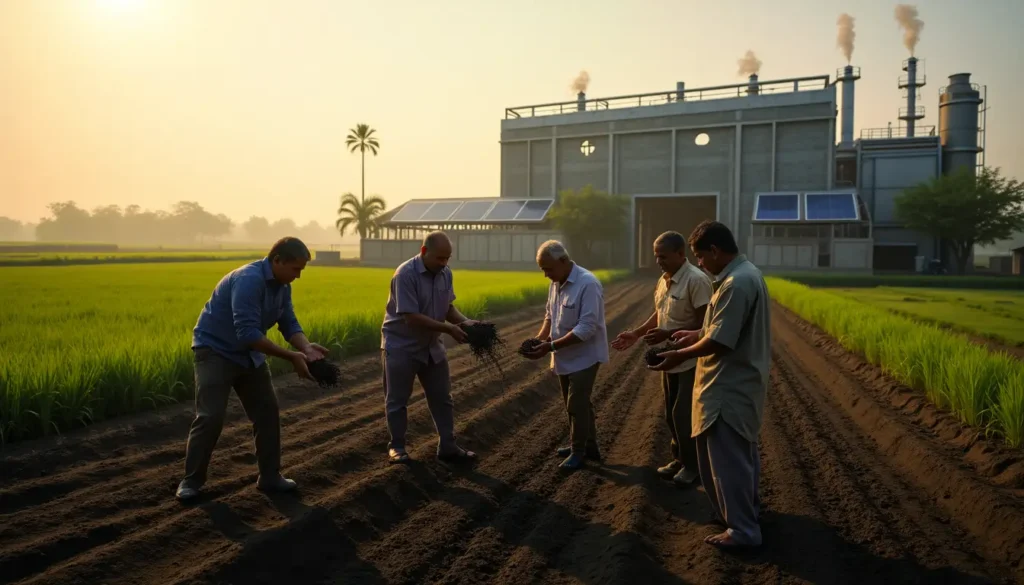
Here is the best part: even small-scale farmers can make use of this. By converting to green agriculture and producing biochar, they can earn ₹780 to ₹2,000 for each carbon credit they earn. What previously was waste product now becoming a clever means to increase their revenue.
The rates depend on the buyer, but it is a great opportunity for farmers to not only make extra money but also play a part in reducing the carbon footprint.
Typically, they can lock in 1 to 4 credits per acre—not bad for something that used to be considered waste.
2. Grow Indigo: More Money for Farmers, Thanks to Carbon Credits
Grow Indigo, a joint venture between India’s Mahyco and US-based Indigo Ag, is helping farmers earn extra income through something called carbon credits.
💡 How does it work?
When farmers switch to eco-friendly methods like zero-till farming (growing crops without disturbing the soil too much), their land captures more carbon from the air and stores it in the soil. This helps the environment — and that captured carbon can actually be sold as “carbon credits” to companies looking to offset their emissions.
💰 The Money Part:
Most companies only give farmers 35–45% of the revenue earned from selling carbon credits.
But Grow Indigo shares a whopping 75% with farmers — so the majority of the money goes straight into the farmer’s pocket.
🧑🌾 A Farmer’s Success Story:
Take Bhuttar, a farmer from Punjab. He adopted zero-till farming and earned an extra ₹5 lakh per year — just by changing how he farms.
This is not just a side income — it is a life-changing boost.
3. The Big Picture:
Platforms like Grow Indigo are not only supporting climate-friendly farming, but also giving farmers a new way to earn more. And if one farmer can make ₹5 lakh extra a year, imagine what this could mean for millions of farmers across India!
👷♂️ Rural Jobs in the Biochar Boom
It does not stop with farmers. Biochar units are generating jobs in places where options are limited. One bamboo-based processing facility can employ around 100 locals, while smaller units give rural youth a chance to become entrepreneurs.
From collecting raw materials to running kilns and selling by-products, the entire chain creates steady work while keeping our air and soil cleaner. It is a rare combo—green and gainful.
🌱 Soil Health = Wealth
While the extra income is great, biochar is also a quiet hero underground. When added to soil, it:
- Boosts yield by 5% to 40%.
- Increases water retention by up to 20%, reducing irrigation costs.
- Enhances nutrient retention by improving cation exchange capacity (CEC).
And here is the kicker: you only apply biochar once, but it keeps working for hundreds of years. That is like planting wealth that your grandchildren will thank you for.
One study even showed that combining biochar with smart irrigation and fertilizer practices could cut emissions from Chinese staple crops by 434 million tons of CO₂-equivalent annually, while increasing yield by 57 million tons. Now imagine this in India’s context—massive potential.
💼 Investment Potential in India’s Carbon Removal Boom
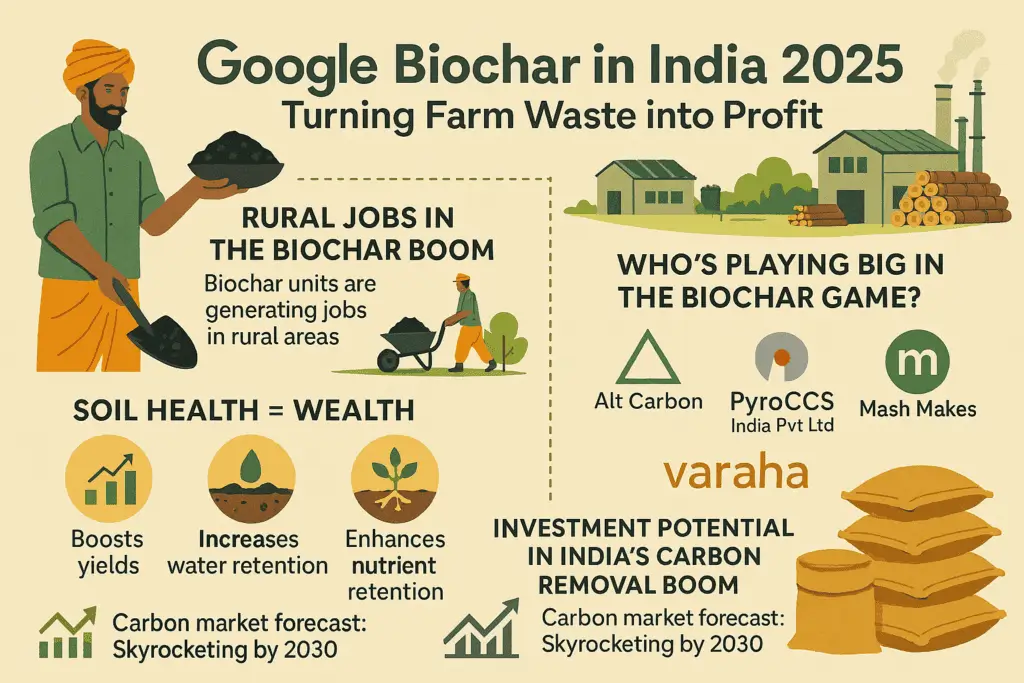
The biochar movement is sparking more than just interest from farmers—it is drawing serious investor attention. And the numbers do not lie.
📈 Carbon Market Forecast: Skyrocketing by 2030
India’s carbon credit sector is on a serious growth path—rising from around $4 billion in 2023 to an expected $49 billion+ by 2030. That’s more than a 10x leap in just a few years. That’s a CAGR of 43.2%, with a total market projection of over ₹4.17 lakh crore in Indian currency.
While the compliance market dominates today, it is the voluntary market that’s expected to boom—especially as more climate-conscious companies jump in.
🏦 How to Ride the Green Investment Wave
There are multiple ways investors (big or small) can dive in:
- Direct project funding (biochar, ERW, DAC)
- Stocks of green-tech companies
- Carbon credit futures trading
- Private equity in climate-tech ventures
Carbon credits are quickly becoming a smart hedge against climate risk. As awareness grows, so will investor confidence—and returns.
🏭 Who’s Playing Big in the Biochar Game?
Sure, Varaha and Google made headlines. But others are making quiet moves that matter:
- Alt Carbon and Mash Makes are tech-driven players scaling fast.
- PyroCCS India Pvt Ltd is steadily making its mark as a key player in the field of biochar innovation in India.
Together, they helped sell 360,000 metric tons of tech-based credits in 2024 alone. India’s climate, cheap feedstock, and skilled workforce make it the perfect launchpad for global-scale carbon removal.
🧩 Conclusion: From Burnt Waste to Billion-Dollar Opportunity
When Google backed India’s biochar potential, it was not just a nod to clean energy—it was a signal to the world. A signal that carbon removal is not futuristic science anymore—it is profitable, scalable, and already happening in our fields.
The real winners? Smallholder farmers. They are seeing better yields, higher income, and more respect. Rural youths are finding jobs. Local economies are thriving. And the environment? It is finally getting some breathing room.
India’s green gold rush has started. And if we get it right—with strong policy, smart tech, and grassroots participation—we will not just lead the carbon market… we will redefine it.
Ready to Dig Deeper into Sustainable Farming?
Biochar is just one of the many smart solutions helping farmers shift toward greener, more future-ready farming. Want to learn how you can earn more from carbon credits, improve soil fertility without chemicals, or discover the latest modern farming practices that actually work?
👉 Check out our Complete Guide to Sustainable Agriculture in India
👉 Or explore Top Carbon Credit Programs for Indian Farmers
Let’s turn waste into wealth—and knowledge into action.
Subscribe to Agriverses for more farmer-first insights, grounded in science and rooted in the soil. 🌱
FAQ: All About Biochar – From Price Tags to Indian Makers
-
Why is biochar so expensive?
Biochar can seem pricey at first glance because it requires specialized equipment, skilled labor, and controlled conditions to produce. The process, called pyrolysis, needs consistent heat and low oxygen levels, which means higher setup and energy costs. But here’s the flip side—biochar is applied once and its benefits last for hundreds of years, making it a smart long-term investment rather than a recurring input like fertilizer.
-
What is the difference between charcoal and biochar?
Great question—people often confuse the two! Both materials are created via pyrolysis, but their end uses differ—charcoal serves as a fuel source, whereas biochar is designed to enhance soil quality.Biochar is carefully produced to retain porous structure and nutrients that boost soil fertility and trap carbon, making it far more eco-friendly and farm-friendly than regular charcoal.
-
What is biochar and how is it made?
Biochar is a carbon-rich product made from agricultural waste like crop residues, bamboo, or husks. It’s made by slowly heating organic farm waste in a space with very little oxygen—a method known as pyrolysis.This not only locks carbon into a solid form (instead of letting it escape as CO₂) but also turns waste into a valuable resource that improves soil health, increases yields, and supports sustainable farming.
-
Why is biochar controversial?
Biochar is controversial mainly because of three things:
1. Carbon credit misuse – Some companies overstate how much carbon they actually remove, raising doubts.
2. Land use debates – Critics argue: should we grow crops to eat or to burn for biochar?
3. Quality issues – Not all biochar is made properly. Poor-quality biochar can harm soil instead of helping it.
Still, when done right—with verified methods and good intentions—biochar remains one of the most promising tools to fight climate change and help farmers earn more. -
Who are the top biochar manufacturers in India?
India is becoming a biochar hotspot, with several innovators leading the charge. Some of the key biochar manufacturers in India include:
1. PyroCCS India Pvt Ltd – it is working on large-scale ways to make biochar and help remove carbon from the environment.”
2. Varaha – Partnered with Google, they support farmers with carbon credit generation
3. Alt Carbon –specializes in advanced, technology-led solutions for reliable carbon removal.
4. Mash Makes – Blending tech and sustainability for biochar production
5. Grow Indigo (Mahyco & Indigo Ag JV) – Helps farmers earn from carbon markets
These companies are turning India’s farm waste into a valuable tool for both soil health and climate action. -
What is a carbon farming platform and how does it help farmers?
Answer:
A carbon farming platform—like Grow Indigo, Boomitra, or Nurture.Farm—helps farmers earn money by using climate-friendly methods like no-till farming or natural resource-based agriculture. These platforms track how much carbon your soil absorbs, turn it into carbon credits, and sell them to companies that want to reduce their emissions. Farmers then get a share of that income. Some platforms like Grow Indigo even offer up to 75% revenue share, making it a great option even for small farmers with 1–2 acres.

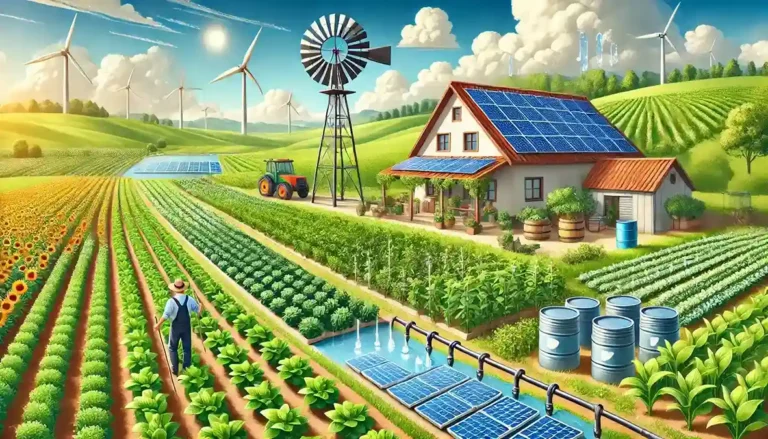
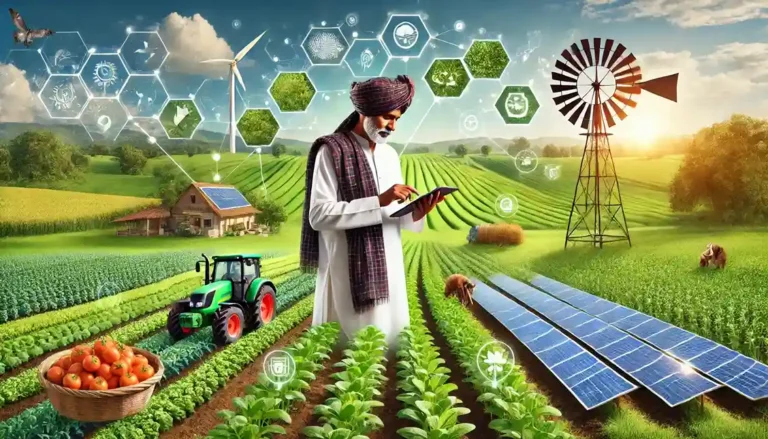
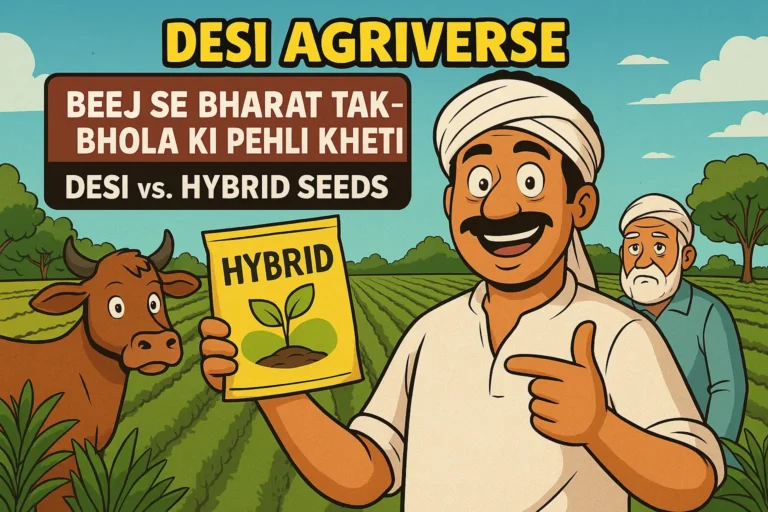
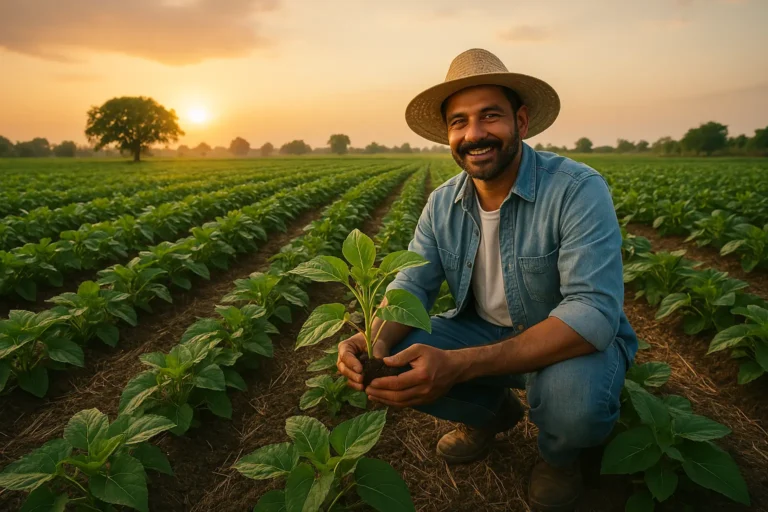
Nice blog